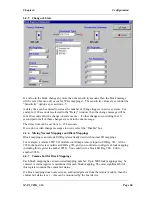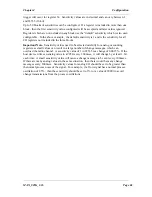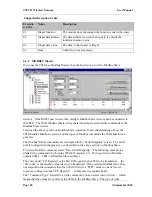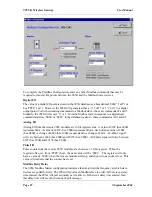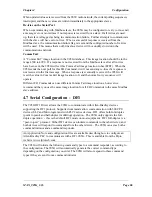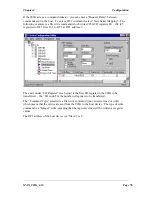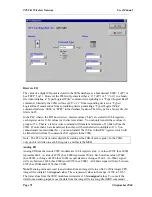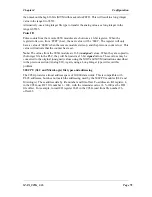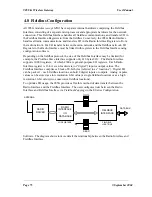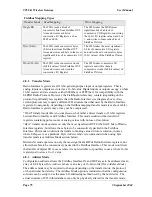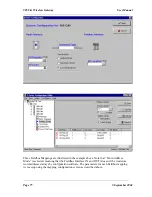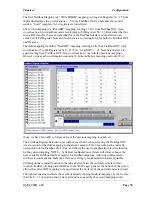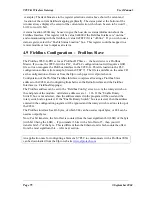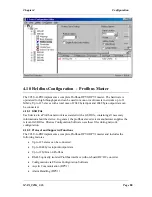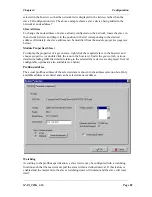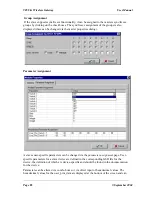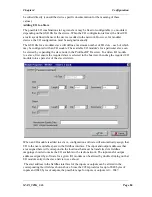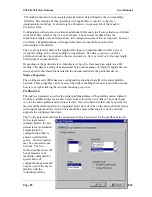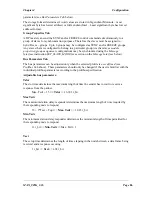
Chapter 4
Configuration
MAN_905G_1.16
Page 74
4.8.1
Fieldbus Mappings
The Fieldbus Interface is divided into two distinct areas. The IN Area contains input data that
is made available to the host device. The OUT Area contains output data from the host
device. This is in contrast to the Radio Interface, in which each 16-bit register can be used as
input
or
output. Also note the size of the Fieldbus Interface is variable, depending on the type
of fieldbus.
ESeries Configuration Software provides user configurable
Fieldbus Mappings
to
link
the
required Fieldbus I/O to the Radio Interface.
Write
mappings write I/O values from the
Radio Interface
to
the Fieldbus IN Area.
Read
mappings read I/O values
from
the Fieldbus
OUT Area to the Radio Interface.
If you want to send a value from the 905G to the host device, use a Fieldbus
Write
Mapping.
The input data from the Radio Interface (i.e. input data that has either come in from the radio
or from local I/O) will be transferred to the IN Area via the fieldbus write mapping. The host
device can then read this input data from the IN Area.
If you want to send a value from the host device to the 905G, use a Fieldbus
Read
Mapping.
The host device can write output data to the OUT Area. The output data from the OUT Area
will then be transferred to the Radio Interface via the fieldbus read mapping. The radio driver
can then either send this output over the radio or to a local I/O.
Several different configurable
transfer modes
are also available for fieldbus mappings to
ensure the I/O is formatted according to the requirements of the particular fieldbus protocol
or host device. The six possible types of Fieldbus Mapping are outlined in the table below.
905G Module
IN Area
OUT Area
Radio Interface
Write
from
I/O
Reg
Read to
I/O Reg
Fieldbus Interface
Write from
Host
Read from
Host
Fieldbus
Profibus 244 Bytes
Modbus/TCP 2048 Bytes
Ethernet/IP allows 6 input
connections; each
connection Max 512 bytes
Modbus Plus 2048 bytes
DeviceNet 512 bytes
Profibus 244 Bytes
Modbus/TCP 2048 Bytes
Ethernet/IP allows 6
output connections; each
connection Max 512 bytes
Modbus Plus 2048 bytes
DeviceNet 512 bytes
10,000 x 16-bit
I/O Registers

